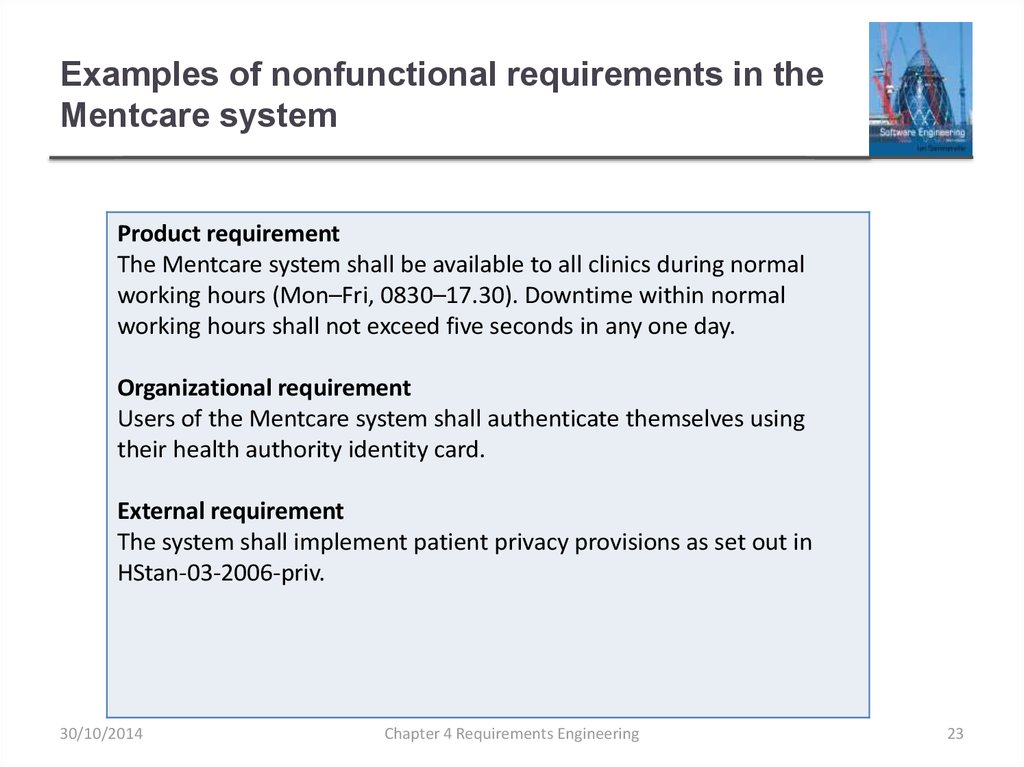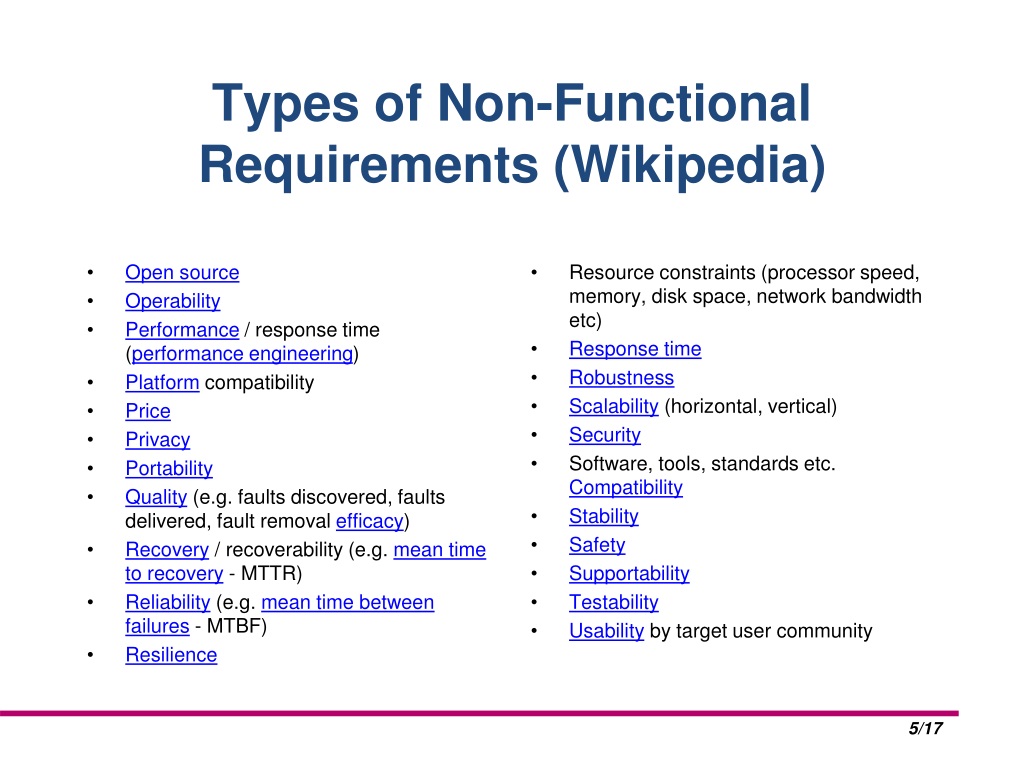

By including the correct requirements for how a solution must be built, installed, and operated, you can choose solutions that work best in your environment with your people. With non-functional requirements, you can select better solutions that fit seamlessly into your technology environment. Not all non-functional requirements will apply to all projects, so some will need tweaking on a per-project basis, but this is less work than creating a new set every time. Having that list shortens project delivery time, saves time for all the involved project stakeholders, and ensures consistency across projects. By creating a centralized list you avoid having to determine them for each initiative. However, non-functional requirements align more with the environment in which you will be operating your solution than the business problem, so they will mostly be the same for all projects. Business rules, functional requirements, and transitional requirements tend to be specific to the business problem you are trying to solve. You can accelerate project delivery with a “canned” set of precise non-functional requirements. That's why! Once you create your initial set of non-functional requirements, you can use them to: Accelerate The solution must process nightly batch in less than 5 hoursĪll the benefits they provide. Here is an example non-functional requirement:.

The solution must display a warning when an incomplete task has a due date before the current date

Sometimes called technical or operational requirements.Non-functional requirements are requirements that describe how a solution needs to be built, installed, or operated to work optimally in an organization's environment.


 0 kommentar(er)
0 kommentar(er)
